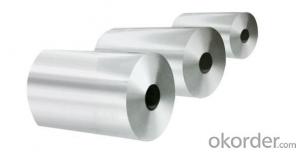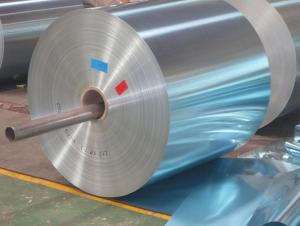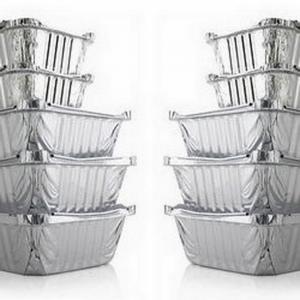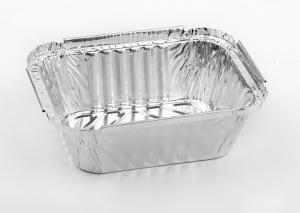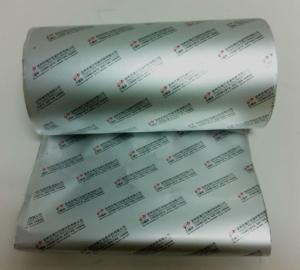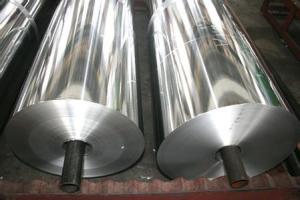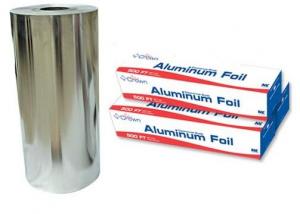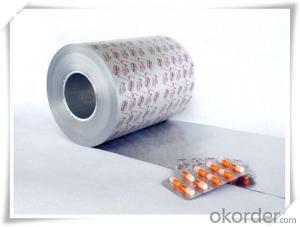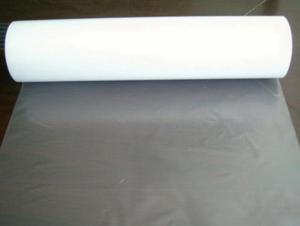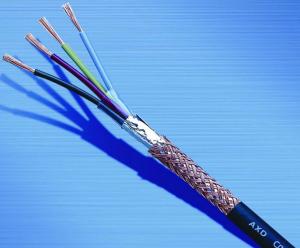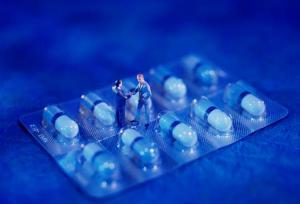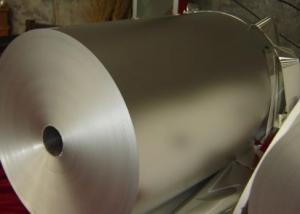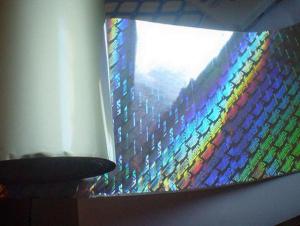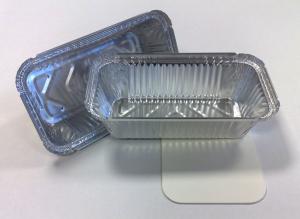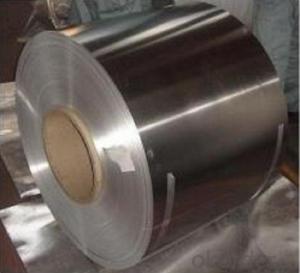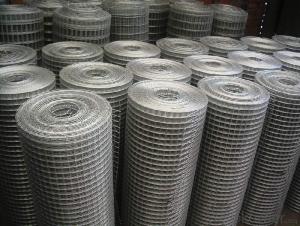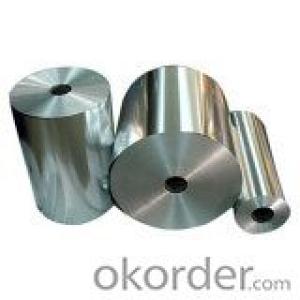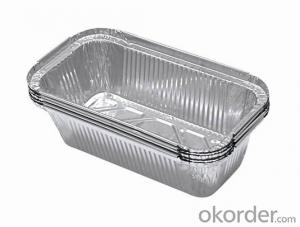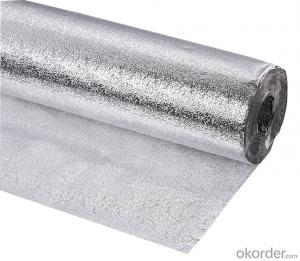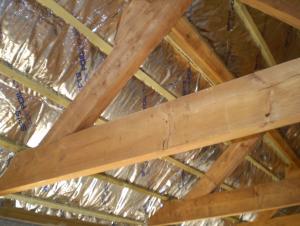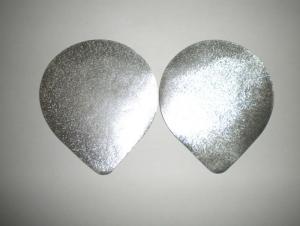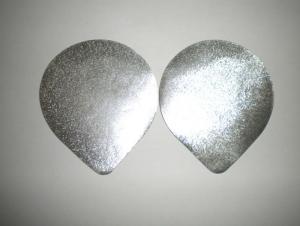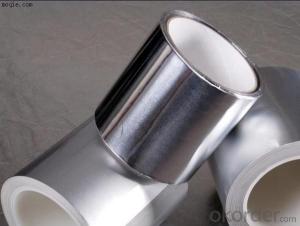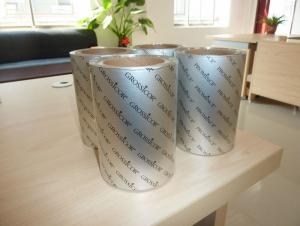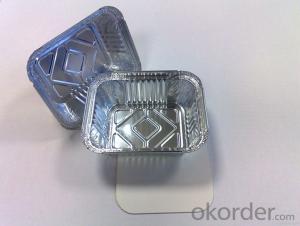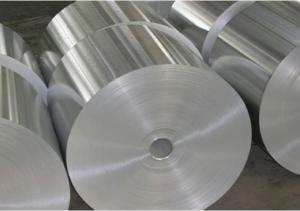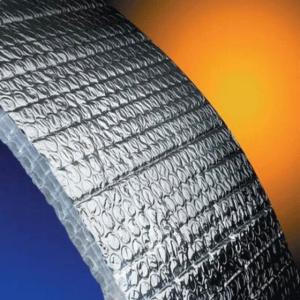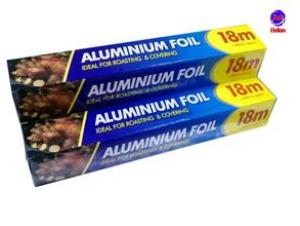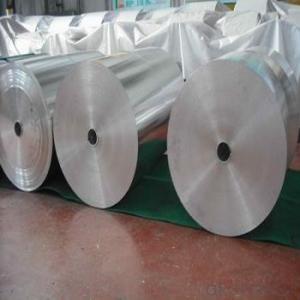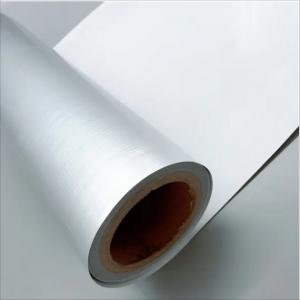Aluminum Foil Plate
Aluminum Foil Plate Related Searches
Aluminum Foil Platter Aluminum Foil Heater Plate Aluminum Paper Foil Aluminum Foil Foam Foil Aluminum Aluminum Foil Sheet Cooking Aluminum Foil Aluminum Foil Coated Aluminum Foil Pan Aluminum Foil Paper Roll Bake Aluminum Foil Grilling Aluminum Foil Aluminum Foil Rolls Baking Aluminum Foil Al Aluminum Foil Aluminum Floor Plate Aluminum Foil Grill Food Aluminum Foil Polished Aluminum Foil Aluminum Foil Label Aluminum Foil Leaves Baking Pan Aluminum Foil Aluminum Laminated Foil Food Packaging Aluminum Foil Aluminum Paper Plate Aluminum Foil Ball Aluminum Profile Plate Aluminum Foil For Grilling Roll Aluminum Foil Aluminum Foil BlanketAluminum Foil Plate Supplier & Manufacturer from China
Aluminum Foil Plate is a versatile product made from thin sheets of aluminum, known for its excellent properties such as heat resistance, corrosion resistance, and light weight. It is widely used in various industries, including food packaging, construction, and automotive, due to its ability to provide a barrier against moisture, gases, and light. This product is also appreciated for its recyclability and sustainability, making it an eco-friendly choice for many applications.In everyday life, Aluminum Foil Plate can be found in numerous usage scenarios, such as food storage, baking, and insulation. Its impermeable nature makes it ideal for preserving the freshness of food items, while its heat conductivity allows for even heat distribution during cooking and baking processes. Moreover, it is commonly used in the construction industry for heat insulation and moisture protection, enhancing the energy efficiency and durability of buildings.
Okorder.com stands as a prominent wholesale supplier of Aluminum Foil Plate, boasting a substantial inventory to cater to the diverse needs of customers. With a commitment to quality and customer satisfaction, the platform offers a reliable source for businesses looking to procure this product in bulk. Whether for commercial or industrial use, Okorder.com ensures that customers have access to a wide range of Aluminum Foil Plate options, making it a go-to destination for those in the market for this versatile material.
